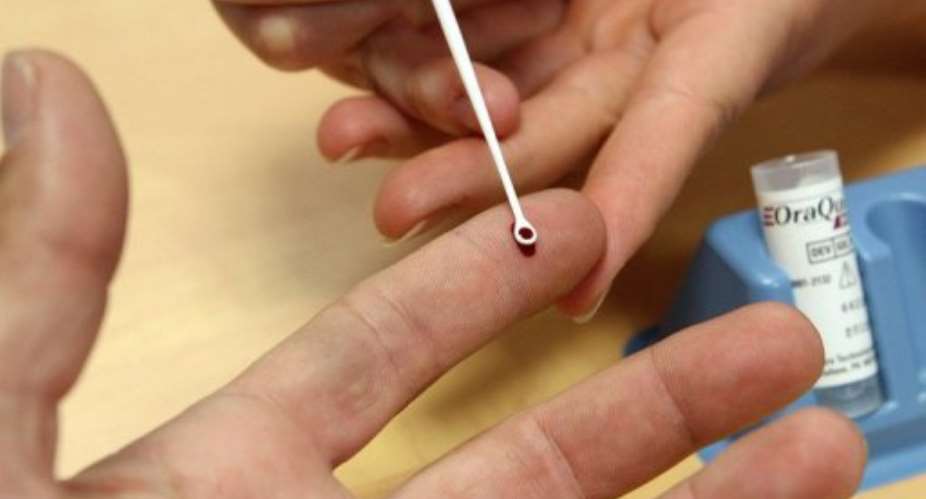CAIRO (AFP) - The American University in Cairo said Wednesday that a team of its researchers has designed a faster and cheaper test for all types of hepatitis C, which it says affects about 10 million Egyptians.
The development "reduces the two-step testing process carried out over a number of days to a one-step process that takes less than an hour... at a fraction of the cost of traditional diagnostic protocols," the university said.
The liquid chemistry test can diagnose hepatitis C using gold nanoparticles, it said.
"Our test is sensitive and inexpensive, and it does not need sophisticated equipment," said Hassan Azzazy, professor of chemistry and head of the research team.
"Detecting HCV during the first six months raises the recovery rate to 90 percent. Little is done on the national level to combat the alarming prevalence of hepatitis C in Egypt," said Azzazy.
The AUC said Egypt has about 10 million people who suffer from the hepatitis C virus (HCV), with the blood-borne pathogen infecting almost 500,000 in the country each year.
Worldwide, around 170 million people are estimated to be living with the chronic disease caused by the virus.
Unlike hepatitis A or B, most people infected with HCV cannot shake off the virus on their own because, when under attack by the immune system, it morphs into stronger variants.
The World Health Organisation estimates that three to four million people are newly infected with HCV each year.
The WHO says Egypt has one of the highest rates of hepatitis C prevalence in the world, putting the rate of infection in the country at 22 percent.
Contamination can occur through blood transfusions, blood products and organ transplants, and the virus can also be passed on to a child if the mother is infected.





 We’ll no longer tolerate your empty, unwarranted attacks – TUC blasts Prof Adei
We’ll no longer tolerate your empty, unwarranted attacks – TUC blasts Prof Adei
 Bawumia donates GHc200,000 to support Madina fire victims
Bawumia donates GHc200,000 to support Madina fire victims
 IMF to disburse US$360million third tranche to Ghana without creditors MoU
IMF to disburse US$360million third tranche to Ghana without creditors MoU
 Truck owner share insights into train collision incident
Truck owner share insights into train collision incident
 Paramount chief of Bassare Traditional Area passes on
Paramount chief of Bassare Traditional Area passes on
 Two teachers in court over alleged illegal possession of BECE papers
Two teachers in court over alleged illegal possession of BECE papers
 Sunyani: Victim allegedly shot by traditional warriors appeals for justice
Sunyani: Victim allegedly shot by traditional warriors appeals for justice
 Mahama vows to scrap teacher licensure exams, review Free SHS policy
Mahama vows to scrap teacher licensure exams, review Free SHS policy
 Government will replace burnt Madina shops with a new three-story, 120-store fac...
Government will replace burnt Madina shops with a new three-story, 120-store fac...
